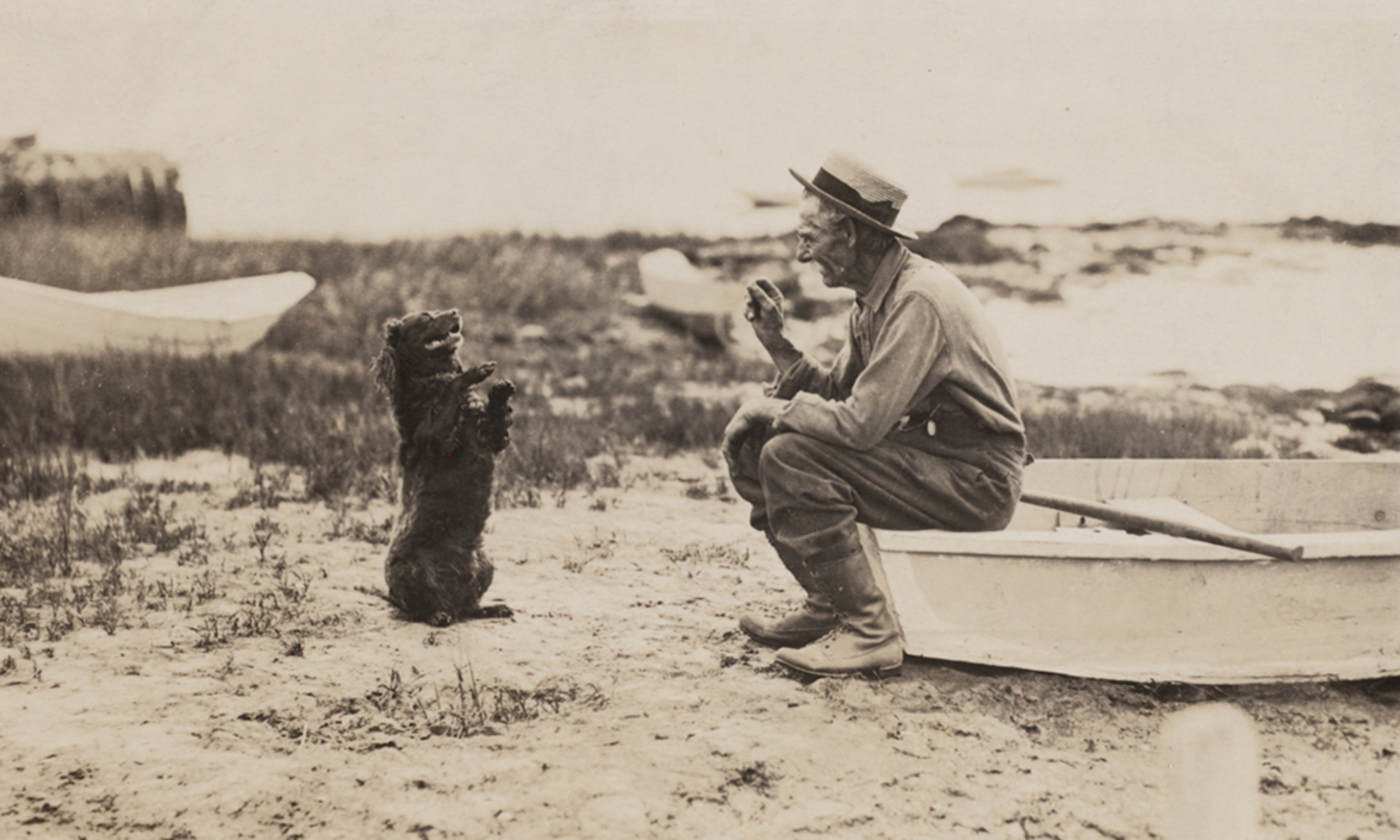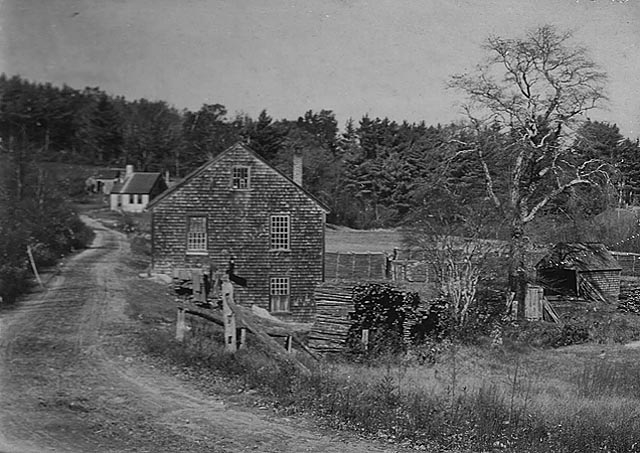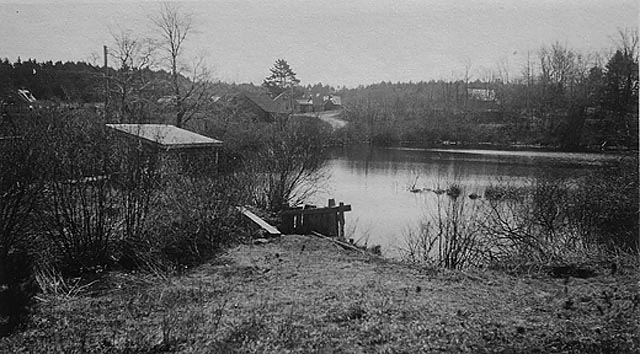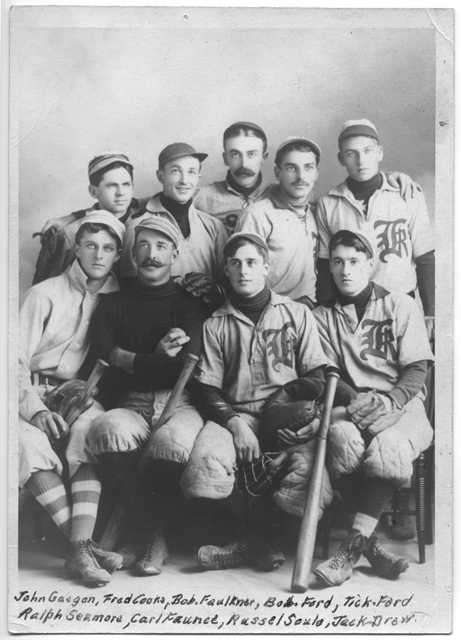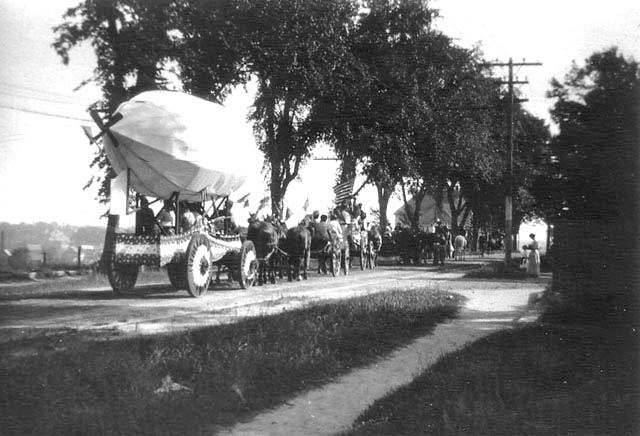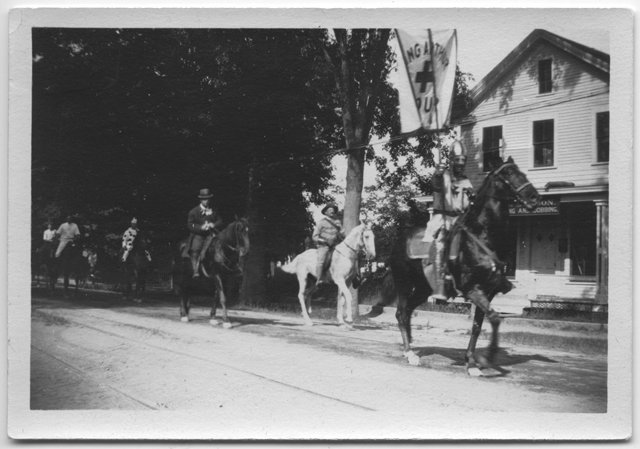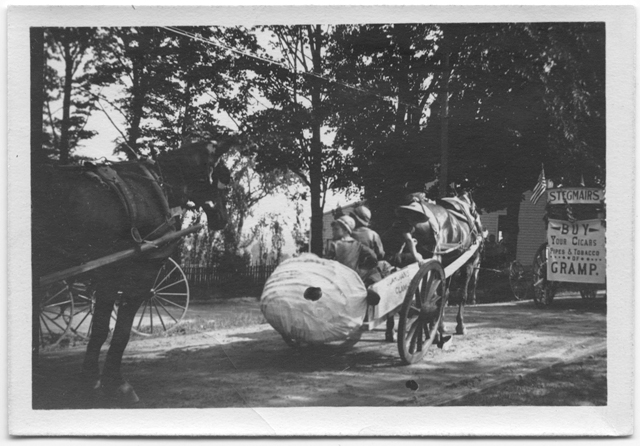Earlier this week the Patriot-Ledger asked “Have you had a penny lick, a hokey pokey or a toot today?” The paper went on to explain that before cones became the preferred holder, ice cream was eaten from a small glass (a penny lick), wrapped in a bit of paper (a hokey pokey) or scooped into a cup (a toot). Ice cream has been around awhile, but how long exactly?
Before mechanical refrigeration, ice cream and its well-chilled relatives depended on snow and ice either transported from colder areas or packed away during previous winters. It is unclear where or when ice cream was invented but the historical record shows that ancient cultures around the world — Egypt and Persia, Greece and Rome, India and China — all enjoyed sweet iced treats, though the expense generally limited the dish to the wealthiest elites.
In the 19th century, however, two American developments would democratize ice cream. First, in 1805 Boston businessman Frederick Tudor opened the first large scale commercial harvesting business, shipping New England ice as far away as the West Indies and around the country throughout the year. Then in 1843, Nancy Johnson of Philadelphia patented the hand-cranked ice cream freezer. By the later years of the 19th century, the combination meant everyone could enjoy an ice cream party.
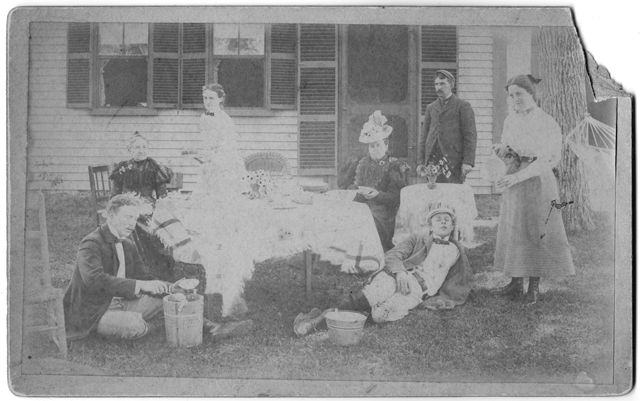
In Kingston, ice cream could be bought in stores, restaurants. In the 1940s, Jordan’s Pharmacy on Summer Street in Kingston Center had a soda fountain, where school teams were known to stop in after practices at the Bailey Playground or the Reed Community Building.
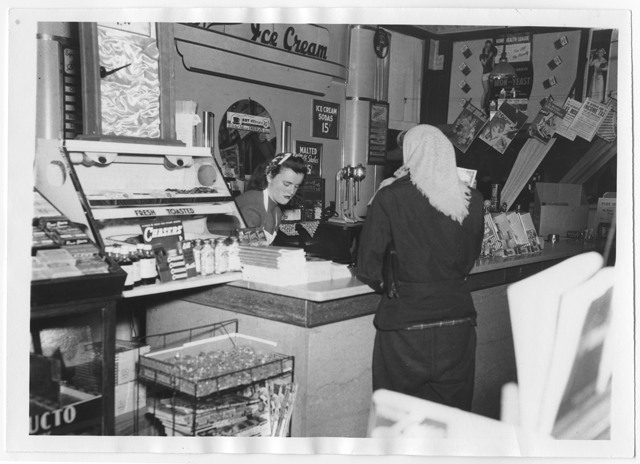
Located on Main Street in the building that now houses the Charlie Horse restaurant, Dutchland Farms was known for its ice cream treats in the 1930s. By the 1940s, the building housed Leland’s Restaurant but ice cream remained on the menu.
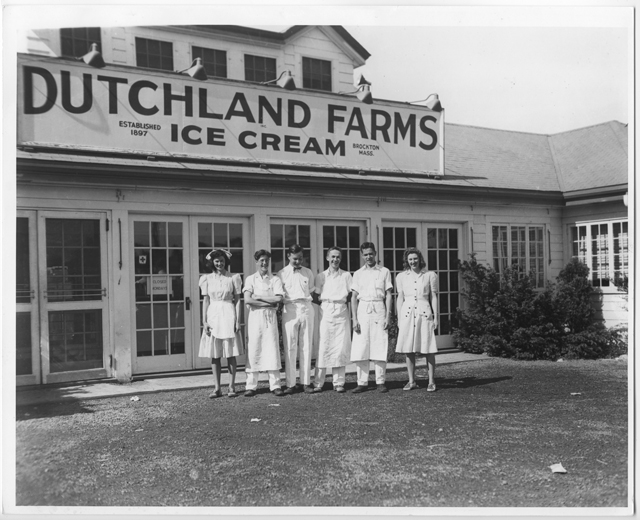
Today, we are spoiled with the easy availability and many flavors of ice cream. It is still a favorite warm weather treat.
